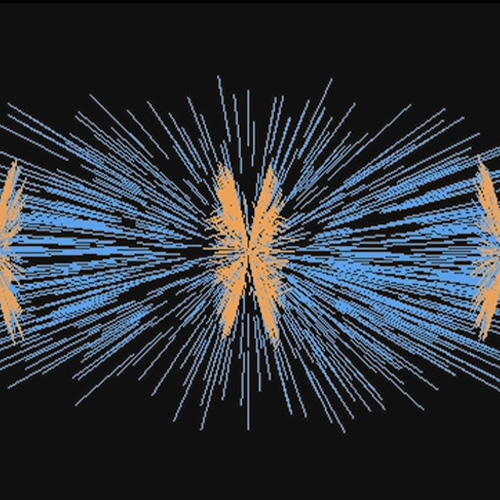



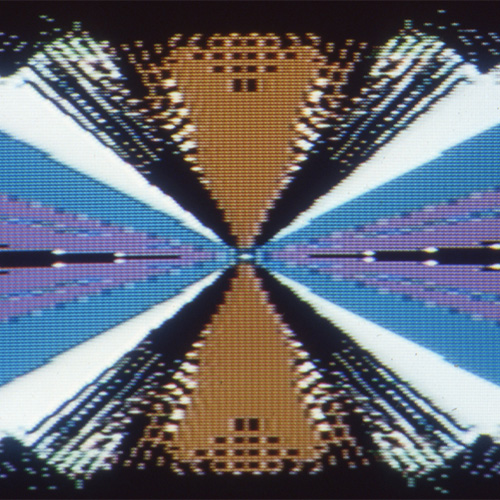

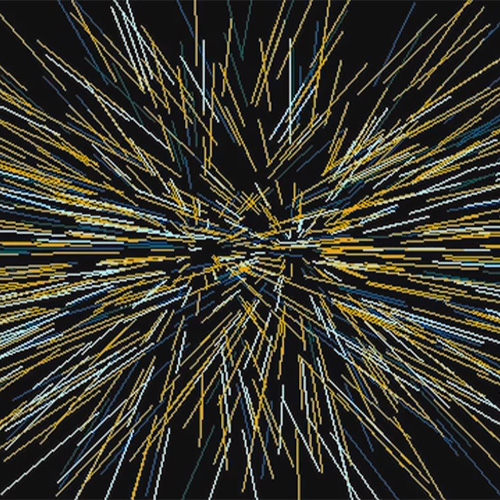





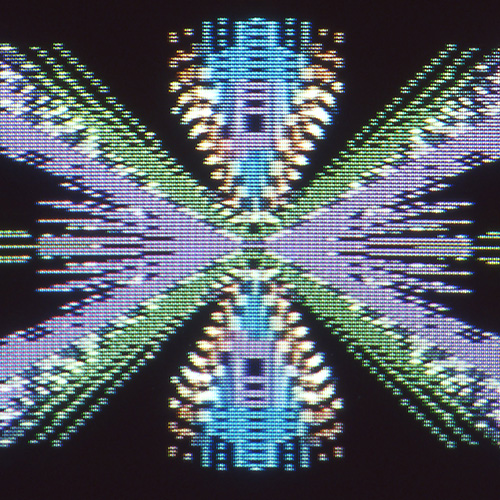

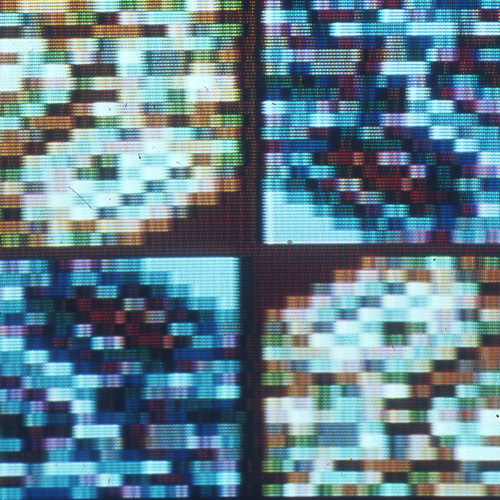

DOS Computer Programs (starting 1983)
From 1983, Herbert W. Franke also worked with a DOS computer 286, which was later replaced by a DOS computer 486. A large number of programs was developed using these computers, two of which serve here as important examples.
The program GraMus (already conceived for the apple II under the name Mikado as a randomised, endlessly running program, which Franke also adapted for the DOS system in the mid-eighties), derives its name from the two words graphics and music. Developed with Quick-Basic on a Compaq 486, it allowed the user to actively manipulate the running animation. Via the keyboard, it was possible to change the colours, for example, but also the length and position of the lines. Another highlight was the possibility to control these parameters through sound via a midi interface.


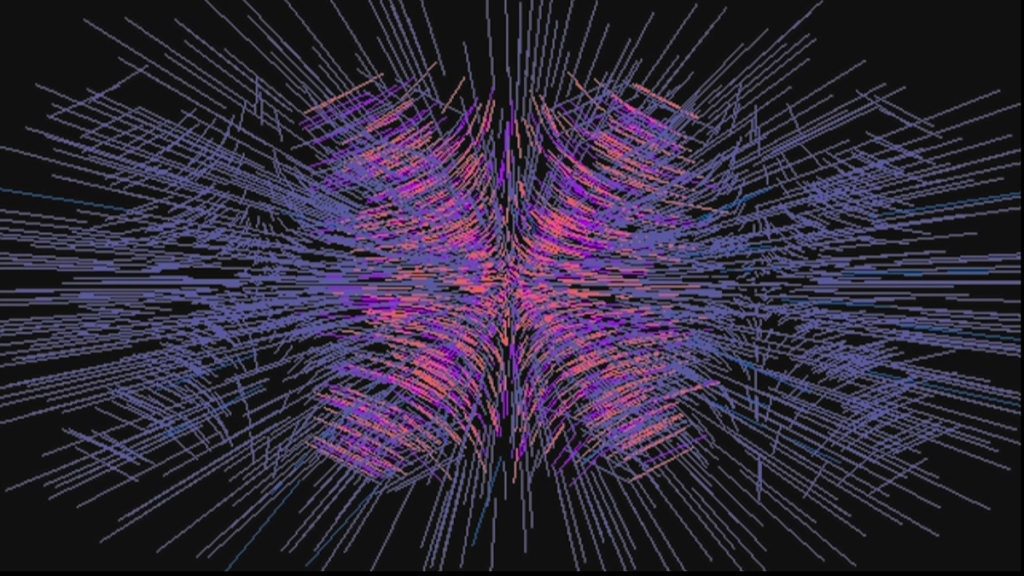



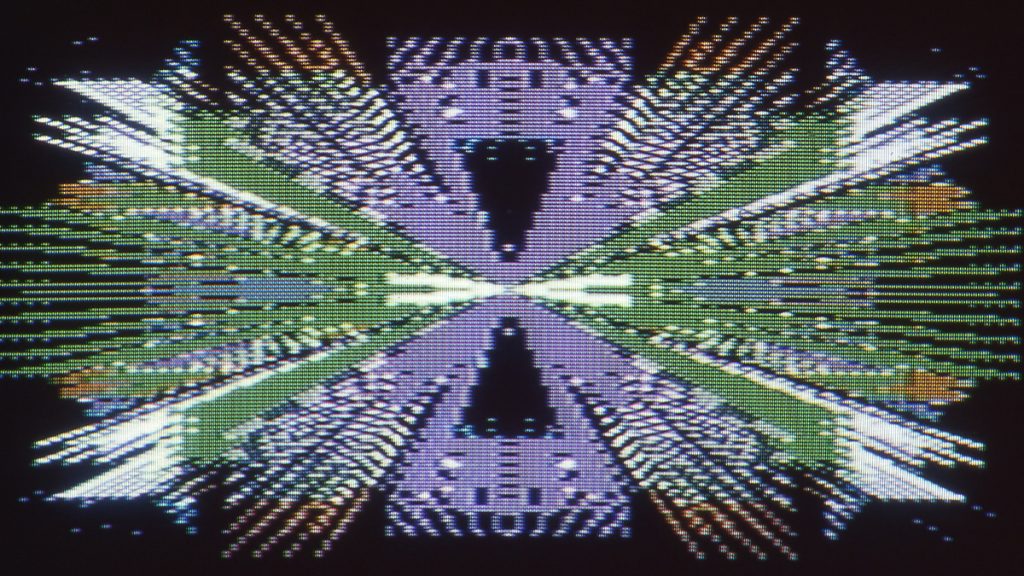

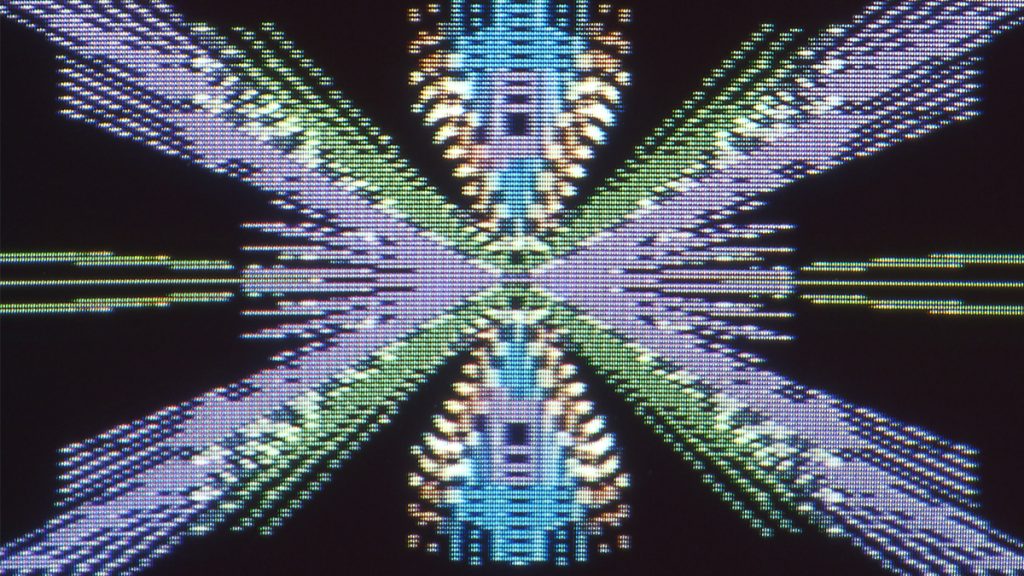

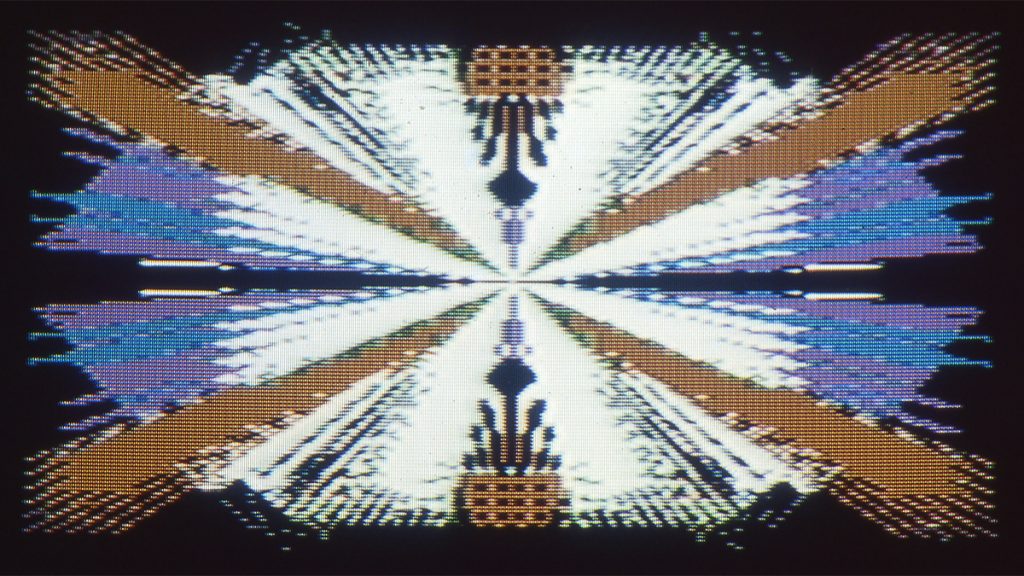

The Algebra and Logic (Logik) programs from 1987 are based on the visualisation of mathematical relationships. In Algebra, functions such as z = x2 – y were studied for their visual structures, in Logic, the conjunctions “and” and “or” were analysed as part of the preliminary work for the comprehensive body of work, Math Art. The programmes were created with Q-Basic for a Compaq DOS computer with an Intel 486 processor.






Click here for the other series in the body of work: Personal Computer:
DEC Professional 350 programmes
Phantastic Worlds series
Cellular Automata programs
